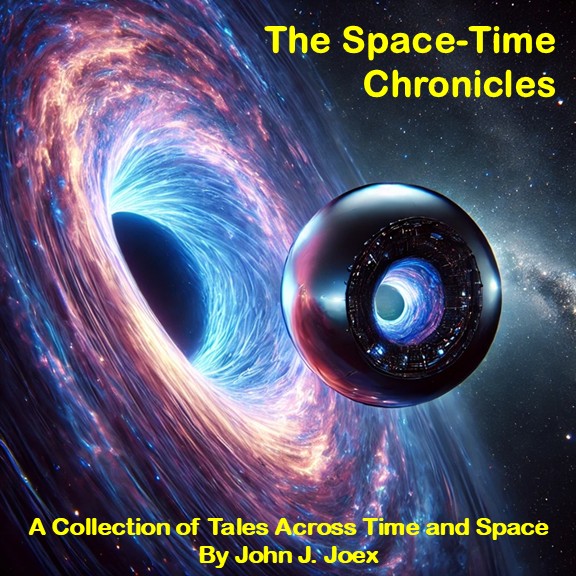In the last installment of this series, I looked at several possible models that could eventually dominate (and/or replace) the way we watch television such as the Netflix and Roku models. But those don’t allow for passive viewing, which I still believe is a significant factor for the television audience, but which could be on the decline.
 Passive viewing is essentially channel-surfing; looking to see what is on as opposed to sitting down and watching something in particular. Us guys are particularly fond of passive viewing as a way to pass the time and vegetate in front of the television. When I am flipping through the channels, I am looking for something to fill up some space but also something that’s not necessarily too demanding on the grey matter. If I happen to see an episode or Seinfeld or Friends or Diners, Drive-ins, and Dives (or Gilligan’s Island), I may put it on just as a temporary distraction. And I may just watch ten minutes or I may end up getting sucked into multiple episodes and blowing off an hour or two. But I didn’t approach that particular viewing experience with a time commitment in mind. However, if I go to Netflix or Hulu or Amazon to watch an episode of Sense8 or Arrow or even Star Trek, I have typically committed to watching an entire episode or more. So even if I am just going to one of those services to fill up time, I’m going to stick it out for at least an episode.
Passive viewing is essentially channel-surfing; looking to see what is on as opposed to sitting down and watching something in particular. Us guys are particularly fond of passive viewing as a way to pass the time and vegetate in front of the television. When I am flipping through the channels, I am looking for something to fill up some space but also something that’s not necessarily too demanding on the grey matter. If I happen to see an episode or Seinfeld or Friends or Diners, Drive-ins, and Dives (or Gilligan’s Island), I may put it on just as a temporary distraction. And I may just watch ten minutes or I may end up getting sucked into multiple episodes and blowing off an hour or two. But I didn’t approach that particular viewing experience with a time commitment in mind. However, if I go to Netflix or Hulu or Amazon to watch an episode of Sense8 or Arrow or even Star Trek, I have typically committed to watching an entire episode or more. So even if I am just going to one of those services to fill up time, I’m going to stick it out for at least an episode.
The newer viewing models have definitely changed the way we consume television, and have brought on new trends like binge-watching. But they haven’t done away with passive viewing and I still believe that many people watch TV that way. They look at it more as background noise or something they are paying partial attention to and may only give their full attention for short periods of time. Of course this way of watching television became popular back when the old broadcast model was superseded by the remote control dominated cable/satellite model. But that is almost certainly in its twilight now, and maybe passive viewing will eventually die out as well.
Or maybe it will change along with the newer models that are becoming more prominent now. There is plenty of show surfing you can do on Netflix. Hulu, Amazon, and Roku offers plenty of channel-surfing even if it has a different result than searching through cable/satellite channels. Hulu starts playing the next episode in a series you are watching after one ends, or if you are at the end of that show’s episodes it starts up an episode of (what it considers) a similar series. This is in line with the passive viewing trait of leaving the television on for whatever comes on next. So passive viewing could continue, just in a somewhat different form.
Of course, the loss of passive viewing in its current form may not necessarily be a bad thing. I would estimate that a large part of the data that the Nielsens collect for the overnight ratings (the ones that networks and advertisers pay the most attention to, no matter what they may tell you) is based on passive viewing. Since that is coming from the people with meters sitting in front of the television, they may have tuned in for a show, then just left the set going afterwards while they are doing other things. Or they may have been channel surfing and just landed on a show that they decided to watch part of. I don’t have any hard data to confirm my assumptions, but since we have seen such a large shift to delayed viewing over the past few years, this would seem to follow from common sense. And it is yet another argument for how the Nieslens are not representative of the viewing public.
And perhaps passive viewing as it currently exists will not provide too much of a barrier to the changing of the television landscape, though I do believe that there are plenty of coach potatoes out there that will be reluctant to switch for that particular reason. But once the snowball starts rolling, this idiosyncrasy of the cable/satellite model will almost certainly die off or adapt with the new model.
Next up: When the television landscape does change, will sci fi shows still get cancelled?






